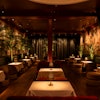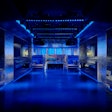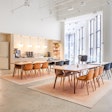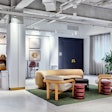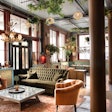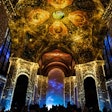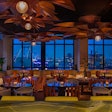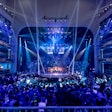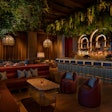All things technological came to the Javits Center over the weekend, as Wired magazine’s third annual NextFest set up in New York for the first time. (The tech-obsessed Condé Nast title hosted its inaugural expo in San Francisco in 2004 and held last year’s show in Chicago.) Festival director Victor Friedberg has overseen all three shows and worked with Delphi Productions to produce the fair, and Tronic Studios designed various architectural structures in the show, like the GE pavilion and the GM-sponsored "Future of Transportation" pavilion. We walked through the show looking for new products that could work in events—some of them available now, some of them still just a concept or prototype—or inspire event pros to dream up some innovations of their own.
—Mark Mavrigian
Posted 10.04.06 Related Stories
Tech Media Reception Has Feminine Touches
Problems Solved: Smart Fixes for Common Challenges
—Mark Mavrigian
Posted 10.04.06 Related Stories
Tech Media Reception Has Feminine Touches
Problems Solved: Smart Fixes for Common Challenges
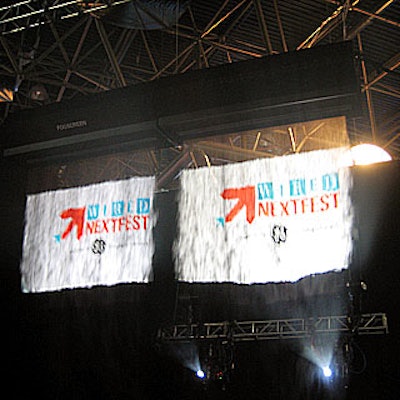
In lieu of traditional signage, Wired used the FogScreen within the entry area of the expo to announce the NextFest. The device creates a plane of dry fog, providing a frameless area for video projections.
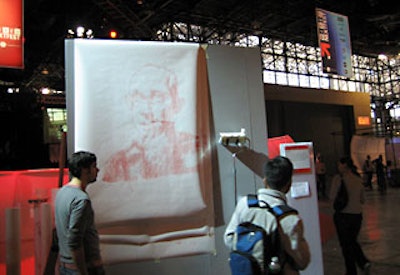
The Pixelroller takes imagery or text from a laptop computer via a USB connection and transports that information to a printer-like contraption. At the end of a long pole, this printer of sorts applies images by rolling the device onto a flat surface, such as large sheets of paper.
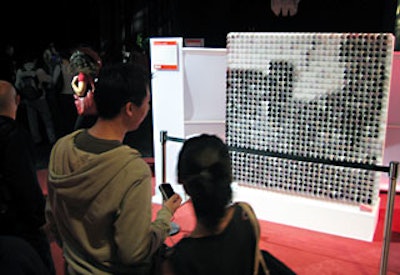
Professor Daniel Rozin of New York University’s Tisch School of the Arts’ Interactive Telecommunications Program created the Circles Mirror, which simulates a pixilated reflection of people standing in front of it. The work is made up of 900 motorized circles—each shaded with gradations of white to black.

James Clar programmed his 3D Display Cubes-each cube contains 1,000 individually controlled LEDs-to spell out "Wired NextFest" among fanciful, moving imagery that varied between whirling vortices and a row of collapsing dominos.
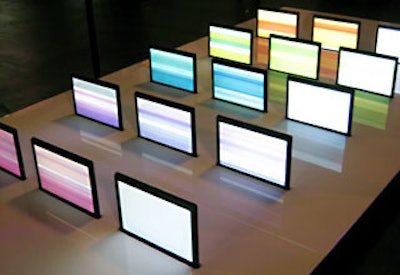
By touching the tips of a series of clustered metal rods rigged to 15 laptop computers, showgoers could create sound and abstract patterns with Limiteazero’s Laptop Orchestra.

Japanese-based Kokoro’s life-like Actroid Der robots take on human form—with realistic features. The robots can wear different garments according to the occasion; programmed for specific uses, a droid may serve as a receptionist, or greet and direct guests at events.
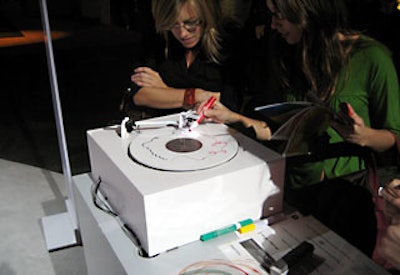
Instead of a traditional needle-oriented turntable, Miyako Dub uses a Web camera to translate colors applied to transparent discs into ambient, electronic sounds, which can be fine-tuned by rearranging colors.
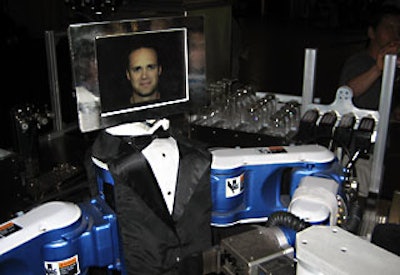
Another robotic feature at the festival was the fully mechanical RoboBar by Motoman, which dispensed coffee, juice, and soft drinks.
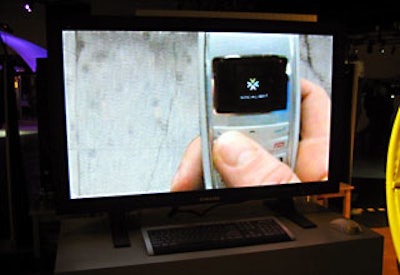
Socialight is a new communication tool that works with GPS equipped phones to create location-based messages. Users can make notes about specific spots—maybe to tell others about a cool new shop, or, at a trade show, to tell fellow visitors about exciting displays or exhibitors. When another person enters the zone that relates to the message, they receive an alert prompting them to check it out.

Showgoers lined up to check out Tanaka Seisakusho’s E-Taf Automatic Door, composed of a series of parallel horizontal strips each equipped with infrared sensors. As each person approached the door, the bars slid open—forming a portal shaped in the outline of that person’s body.



